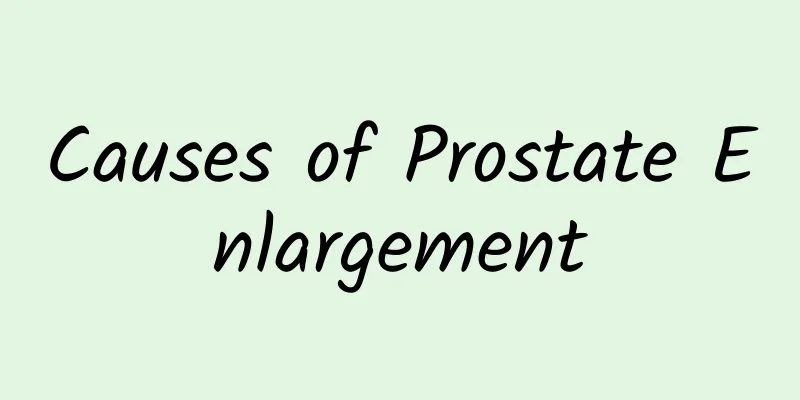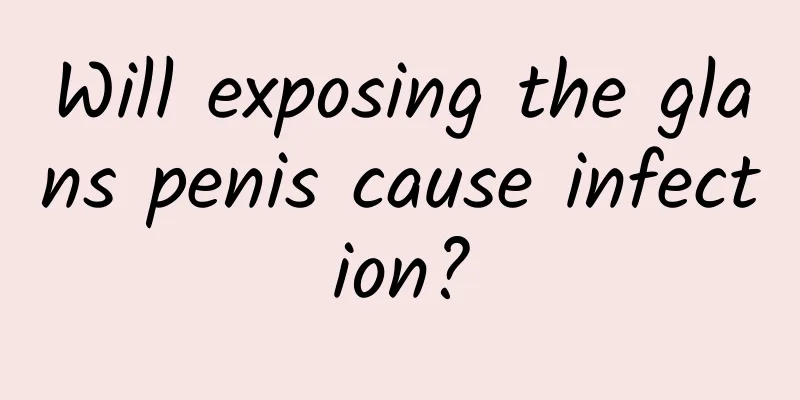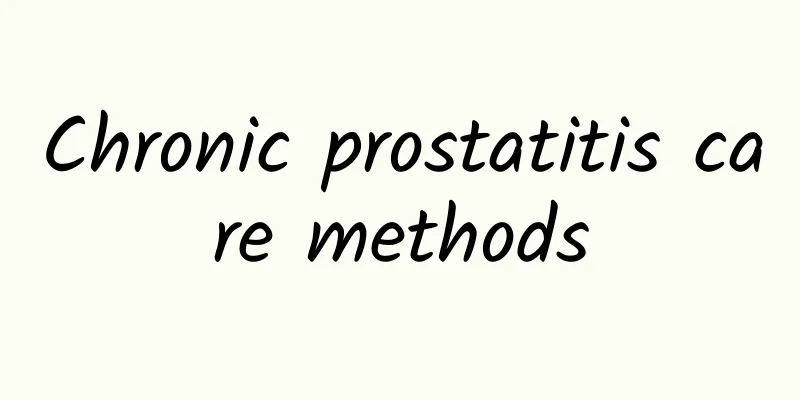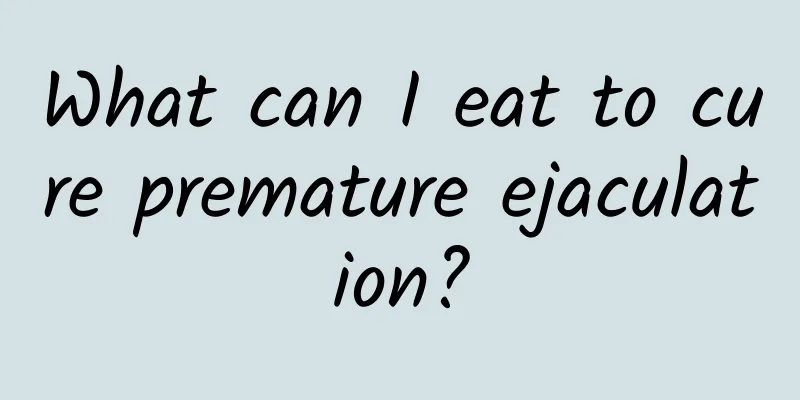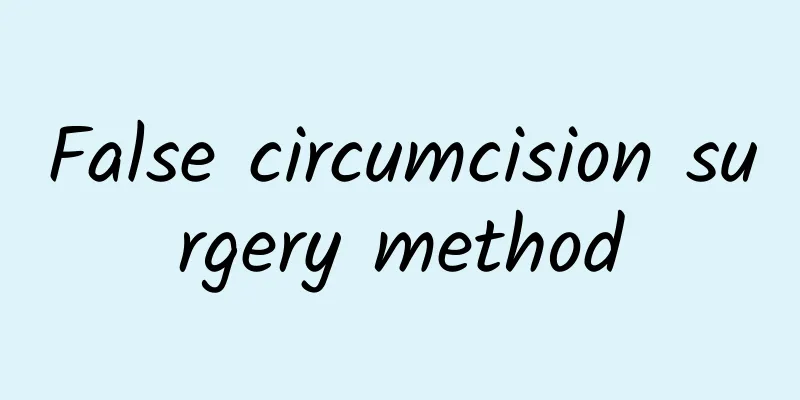Prostate self-healing method

|
Nowadays, the fast-paced life pressure makes our physical health worse than before. Various diseases are breeding, and the incidence of many diseases has doubled. Now many young people have prostate problems. This problem has brought great impact on the body and mind of our young people. It affects the physical health of our young people and also leads to unhealthy development of the mind because of this unspeakable problem. Therefore, it is urgent to find positive and effective treatment methods. So what are the good ways to treat prostate self-healing in young people? Let us learn about it together below. method: 1. Antimicrobial therapy The discovery of pathogenic pathogens in prostatic fluid culture is the basis for selecting antibacterial drug treatment. If patients with non-bacterial prostatitis have signs of bacterial infection and general treatment is ineffective, they can also be appropriately treated with antibacterial drugs. When choosing antibacterial drugs, it is necessary to pay attention to the presence of a prostate-blood barrier composed of lipid membranes between the prostate acini and the microcirculation, which hinders the passage of water-soluble antibiotics and greatly reduces the therapeutic effect. When prostate stones are present, the stones can become a shelter for bacteria. The above factors constitute the difficulty in the treatment of chronic bacterial prostatitis, which requires a longer course of treatment and is prone to recurrence. Currently, quinolone drugs such as ofloxacin or levofloxacin are recommended. If ineffective, continue to use it for 8 weeks. If recurrence occurs and the bacterial species remains unchanged, switch to preventive doses to reduce acute attacks and relieve symptoms. If long-term use of antibiotics induces serious side effects, such as pseudomembranous colitis, diarrhea, and the growth of intestinal resistant strains, the treatment plan needs to be changed. Whether non-bacterial prostatitis is suitable for treatment with antibacterial drugs is still controversial in the clinic. Patients with "aseptic" prostatitis can also use drugs that are effective against bacteria and mycoplasmas, such as quinolones, SMZ-TMP or TMP alone, used in combination with tetracycline and quinolones or used intermittently. If antibiotic treatment is ineffective and it is confirmed to be aseptic prostatitis, antibiotic treatment should be discontinued. In addition, using a double balloon catheter to block the prostatic urethra and injecting antibiotic solution from the urethral cavity back into the prostatic duct can also achieve the purpose of treatment. Type I is mainly treated with broad-spectrum antibiotics, symptomatic treatment and supportive treatment. Type II is recommended to be treated with oral antibiotics, and sensitive drugs are selected. The course of treatment is 4-6 weeks, during which the patient should be evaluated for the efficacy. Type III can first take oral antibiotics for 2 to 4 weeks and then evaluate the efficacy. At the same time, non-steroidal anti-inflammatory drugs, α-receptor antagonists, M-receptor antagonists, etc. are used to improve urination symptoms and pain. Type IV does not require treatment. 2. Anti-inflammatory and analgesic drugs Nonsteroidal anti-inflammatory drugs can improve symptoms. Generally, indomethacin is taken orally or in suppositories. Chinese medicine also has certain effects in using anti-inflammatory, heat-clearing, detoxifying, and hardness-softening drugs. Allopurinol can reduce the concentration of uric acid in the whole body and prostatic fluid. Theoretically, as a free radical scavenger, it can also remove active oxygen components, reduce inflammation, and relieve pain. It is an optional auxiliary treatment method. 3. Physical therapy Prostate massage can empty the concentrated secretions in the prostate duct and drain the infection focus in the obstructed area of the gland. Therefore, for stubborn cases, prostate massage can be performed every 3 to 7 days while using antibiotics. A variety of physical factors are used for prostate physiotherapy, such as microwave, radio frequency, ultrashort wave, medium wave and hot water sitz bath, which are beneficial for relaxing the prostate, posterior urethral smooth muscle and pelvic floor muscle, enhancing antibacterial efficacy and relieving pain symptoms. 4.M-receptor antagonists M-receptor antagonists can be used to treat prostatitis in patients with symptoms of overactive bladder such as urgency, frequency, and nocturia but without urinary tract obstruction. 5.α-receptor antagonists Patients with prostatitis, bacterial or non-bacterial prostatitis have increased tension in the prostate, bladder neck and urethral smooth muscles. During urination, the increased pressure in the posterior urethra causes urine to flow back into the prostatic duct, which is an important cause of prostatitis, prostatic stones and bacterial prostatitis. The use of α receptor antagonists can effectively improve prostatitis and urination symptoms, which is important for preventing recurrence of infection. α receptor antagonists should be used for a longer course of treatment to allow enough time to adjust the smooth muscle function and consolidate the therapeutic effect. 6. Prostate massage and heat therapy Prostate massage is one of the traditional treatment methods. Studies have shown that proper prostate massage can promote the emptying of the prostate duct, increase local drug concentration, and thus relieve the clinical symptoms of chronic prostatitis. Heat therapy mainly uses the heat effect produced by a variety of physical means to increase blood circulation in prostate tissue, accelerate metabolism, and help to eliminate tissue edema and relieve pelvic floor muscle spasms. 7.Surgery Surgical treatment can be used for recurrent chronic bacterial prostatitis. Prostatectomy can achieve the goal of cure, but it should be used with caution. Since prostatitis usually affects the peripheral zone of the gland, it is difficult to achieve the purpose of treatment with transurethral resection of the prostate. TURP can remove prostate stones and bacterial infection lesions near the prostate ducts, which is beneficial to reduce the reinfection of peripheral zone lesions. Chronic bacterial prostatitis can lead to recurrent urinary tract infections and infertility. The above content introduces us to how to treat prostate problems in young people. Our young people should not deliberately avoid it just because prostate involves privacy issues. We should actively seek effective treatment methods to solve our own prostate problems as soon as possible. You can use the above methods. Finally, I wish everyone a speedy recovery of health. |
<<: Treatment of male genital herpes
>>: What are the ways to quit masturbation?
Recommend
What to do if you can't ejaculate sperm
Many friends will find that sometimes they sudden...
Why does male urine split? Common causes of split urine
Generally speaking, when men urinate, their urine...
To confirm the diagnosis of thyroid follicular nodules, these tests are required clinically
In clinical practice, the diagnosis of some diseas...
Is non-gonococcal disease serious in men?
The symptoms of non-gonococcal gonorrhea in men a...
What are the factors that cause no feeling during ejaculation?
Recently, many men have a question: they don'...
Banana milk juice recipe that will leave you with an unforgettable aftertaste
Drinking plain water at home is boring. Why not t...
What causes varicocele?
The symptoms of male varicose testicles are not u...
What can I eat if I have low sperm count?
There are many factors that cause men to have low...
Why can't I get an erection when I'm with my girlfriend?
When adults reach a certain age, they will fall i...
Causes, pathogenesis and treatment of thyroid crisis
Thyroid storm is a rare but extremely serious com...
How to make pan-fried pork liver? Five steps to prepare
According to nutritionists, pork liver contains a...
What is the normal range of prostate size?
The prostate is a normal organ in men, but many p...
Why do I have a headache after having sex?
In the life of a couple, if you want a stable rel...
How to relieve belly bloating caused by drinking beer? Here's how to relieve it
Beer is delicious, but you can't drink too mu...
What if there is a red spot on the glans that does not hurt or itch?
In today's society, we are often driven by fa...


